Product Consultation
Your email address will not be published. Required fields are marked *
Hydraulic cylinders form the backbone of actuation in truck-mounted cranes, enabling precise, high-load lifting, telescoping, and stabilizing operations across a variety of industrial, construction, and logistical settings. Their integration into mobile crane systems reflects a confluence of fluid mechanics, structural engineering, fatigue analysis, and control system dynamics. Far from being mere linear actuators, hydraulic cylinders for truck-mounted cranes must simultaneously withstand axial compression, bending moments, pressure surges, and fluctuating temperature conditions—all while ensuring smooth, synchronized motion in a constrained spatial envelope. This article explores the technical complexities, performance parameters, and engineering innovations shaping hydraulic cylinders in truck-mounted crane applications.
1. System Integration and Functional Requirements
Truck-mounted cranes require compact, high-output actuation solutions that can operate reliably in mobile environments subject to vibration, wind loads, and uneven terrain. Hydraulic cylinders are used in several key subsystems:
Boom Extension and Retraction: Telescopic cylinders provide multi-stage linear motion for boom outreach, often requiring double-acting designs with high extension force and minimal side deflection.
Boom Elevation: Luffing cylinders rotate the boom about its base axis, demanding large bore diameters to accommodate lifting torque under variable load distributions.
Outrigger Deployment: Stabilizer cylinders must generate significant force with precise extension control, particularly under uneven ground conditions.
Rotational Actuation and Load Leveling: In advanced cranes, hydraulic cylinders may also assist in slew ring locking, counterweight positioning, or active load balancing.
Each application imposes unique stroke, pressure, and alignment criteria that must be met without compromising response time or long-term reliability.
2. Mechanical Architecture and Load Engineering
The core components of a truck-mounted crane hydraulic cylinder—cylinder barrel, piston, piston rod, seals, and end caps—are designed to withstand intense mechanical loads under cyclic conditions. Engineering considerations include:
Bore Size and Stroke Length: Determined by the load requirements and motion range. Larger bores increase force output but require stronger wall thickness and structural support.
Rod Diameter and Buckling Resistance: The piston rod must resist Euler buckling under compression; rod materials are typically high-strength tempered steels with hard chrome or nickel coatings to resist scoring and corrosion.
Mounting Configurations: Clevis, trunnion, or spherical bearings must accommodate angular misalignment and transmit loads efficiently into the crane structure.
Cushioning Zones: Integrated in end-of-stroke regions to reduce impact forces and extend component life.
Finite Element Analysis (FEA) is widely employed to simulate stress, deformation, and fatigue life under worst-case loading conditions such as sudden load drops or over-pressurization events.
3. Hydraulic Circuit Design and Control Dynamics
Modern truck-mounted cranes operate through closed-loop hydraulic systems incorporating proportional control valves, load-holding check valves, and pressure sensors. The hydraulic cylinder must:
Maintain Positional Accuracy: Often to within millimeters, especially in boom articulation, requiring low internal leakage and precise metering.
Withstand Peak Pressure Events: Typically up to 25–35 MPa, with safety factors built in to handle transient spikes.
Enable Regenerative Flow Paths: In some cylinders, returning oil is redirected to assist in extension or retraction, improving energy efficiency.
Support Synchronized Multi-Cylinder Movement: For coordinated extension of outrigger arms or boom segments, requiring matched flow rate and stroke feedback.
Smart control modules integrated into the hydraulic circuit allow operators to manage actuation speed, limit zones, and overload conditions remotely, using CAN bus or similar communication protocols.
4. Material Selection and Surface Engineering
Material performance directly affects the operational lifespan of hydraulic cylinders in mobile crane environments where exposure to dirt, moisture, and temperature extremes is routine. Key considerations include:
Cylinder Tubes: Seamless precision steel tubes (e.g., ST52 or 20MnV6) with honed internal bores for optimal seal performance and pressure integrity.
Piston Rods: Induction-hardened and chrome-plated steels, optionally layered with ceramic or composite coatings to resist corrosion and wear.
Seal Systems: Combinations of polyurethane, PTFE, nitrile rubber, and fabric-reinforced elastomers designed to handle dynamic sealing under high pressure and variable temperature cycles.
Welding and Joining: High-integrity welding using robotic MIG/MAG processes, followed by NDT inspection to verify joint strength and prevent fatigue-related failures.
Advanced coatings, such as HVOF-sprayed tungsten carbide or diamond-like carbon (DLC), are being investigated for extreme-duty cylinders to extend service intervals.
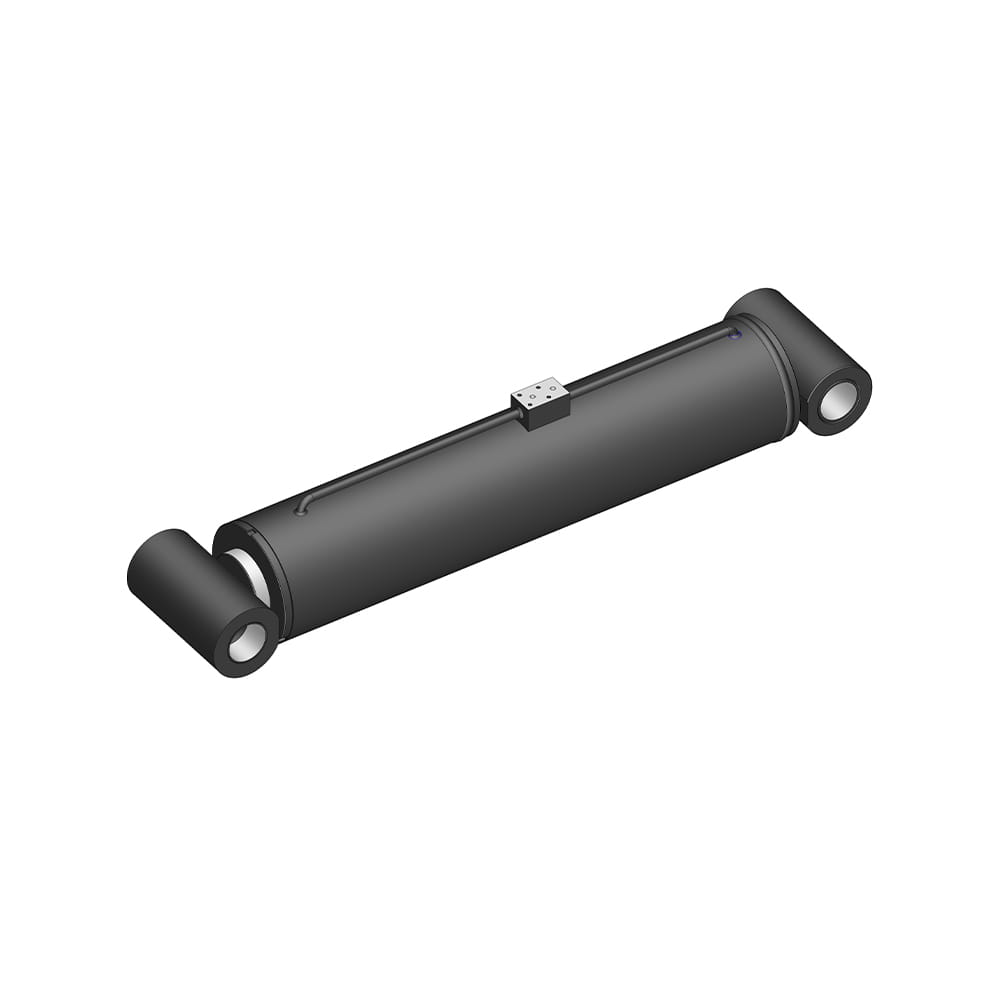
5. Durability, Serviceability, and Regulatory Compliance
Given their use in safety-critical systems, hydraulic cylinders for truck-mounted cranes must conform to international standards such as ISO 6020/2, EN 1459, or DIN 24 554. In addition, manufacturers conduct rigorous testing to validate:
Cycle Life: Fatigue testing under simulated load conditions, targeting 100,000+ full load cycles.
Leak Testing: Hydrostatic and pneumatic pressure tests to confirm seal integrity.
Contamination Resistance: Evaluated under ISO 4406 fluid cleanliness standards, particularly important in mobile systems with high exposure risk.
Field Serviceability: Designs often include gland nuts, removable rod-end heads, and split seals to allow in-situ maintenance and minimize downtime.
Predictive maintenance strategies are also emerging, employing integrated sensors to monitor pressure, stroke rate, and seal wear in real-time.
6. Emerging Trends and Technological Enhancements
The role of hydraulic cylinders in truck-mounted cranes is expanding as the industry transitions toward smarter, safer, and more energy-efficient equipment. Key innovations include:
Integrated Sensors and IoT Connectivity: Pressure, position, and temperature sensors embedded in cylinder bodies allow for remote diagnostics and adaptive control algorithms.
Lightweight Composite Components: Development of fiber-reinforced polymer rods or composite end caps to reduce overall crane mass without compromising strength.
Hybrid Actuation Systems: Combining electro-hydraulic actuators with traditional cylinders to enable regenerative braking and energy recovery.
Environmentally Friendly Fluids and Seal Compatibility: Bio-based or fire-resistant hydraulic fluids necessitate advanced seal materials to maintain compatibility and performance.
These developments aim to enhance lifting precision, reduce environmental impact, and extend operational uptime in increasingly complex job site environments.
Your email address will not be published. Required fields are marked *
Marvelous Design Meets Rigorous Manufacturing
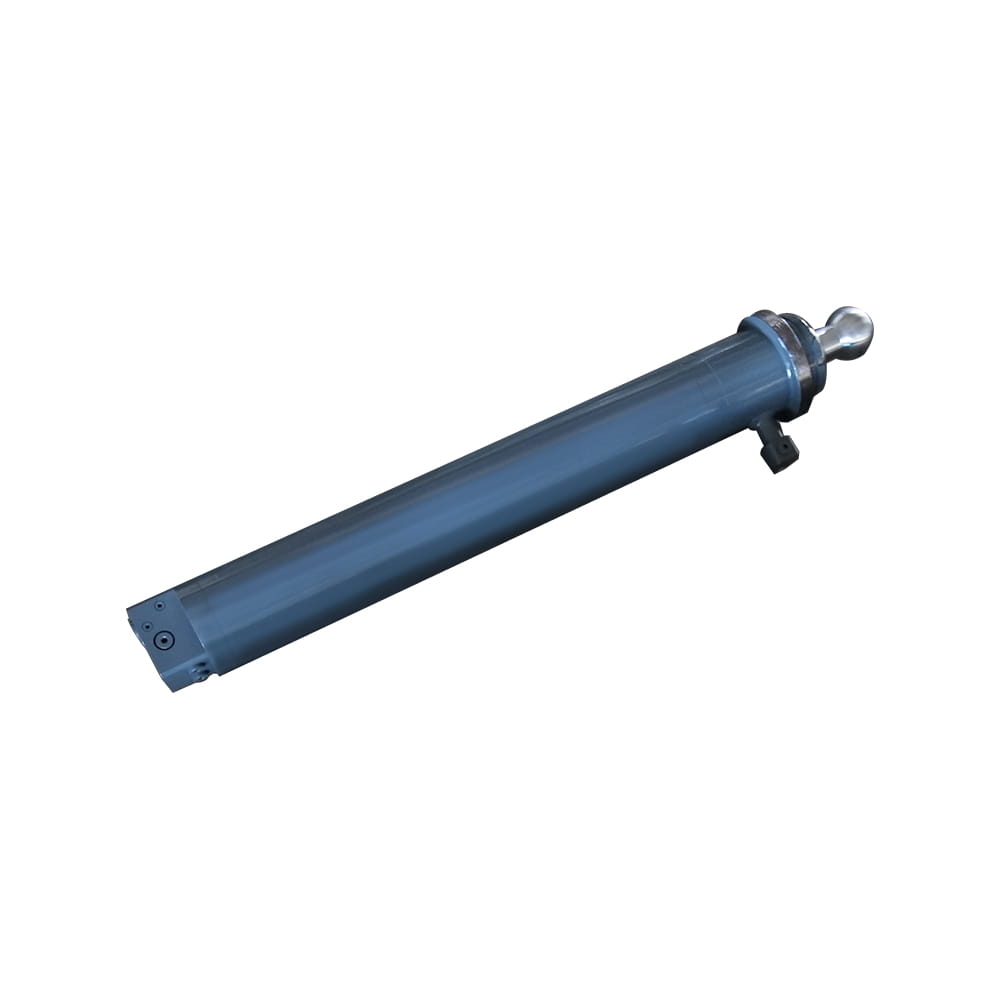 Scissor Lift Aerial Platform Hydraulic Outrigger Cylinder
Scissor Lift Aerial Platform Hydraulic Outrigger Cylinder
Function: Firmly Supports the Vehicle: Ensures stability during operation. The ball-head foot automatically levels on slopes, while the integrated balance valve...
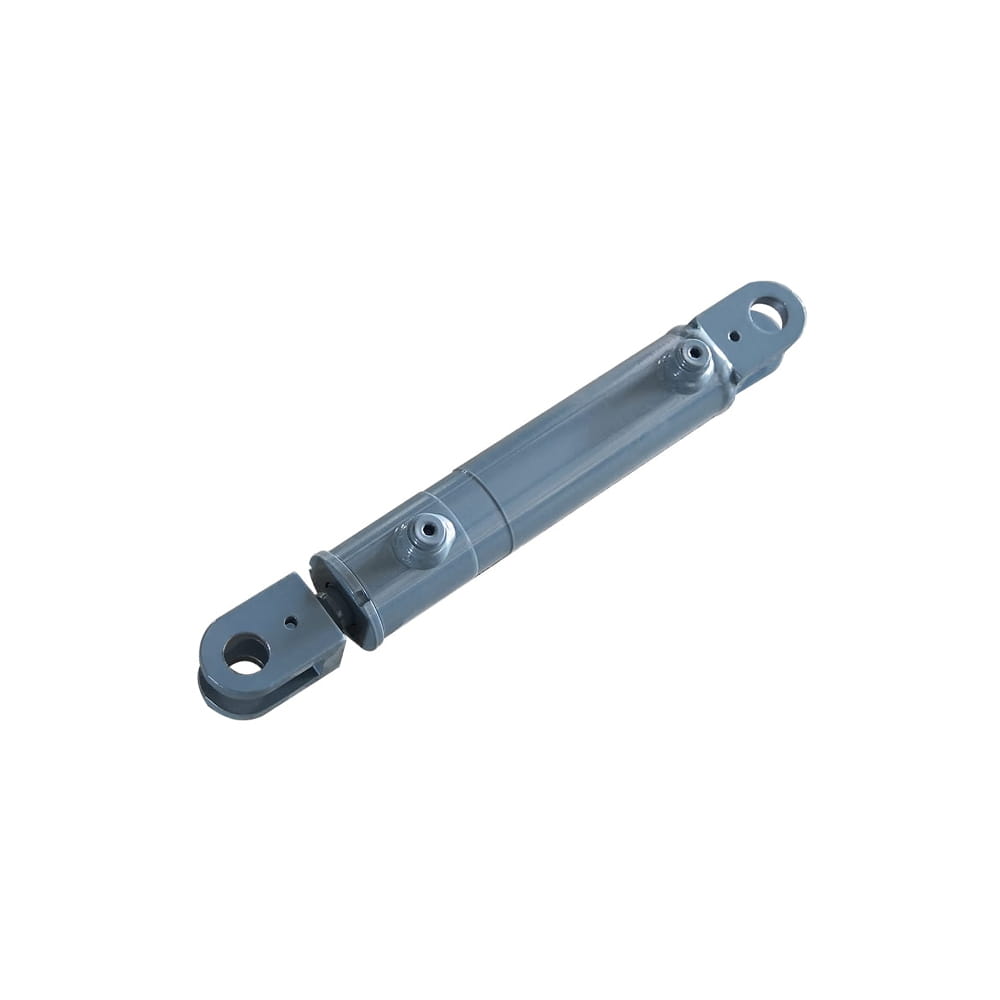 Scissor Lift Aerial Platform Hydraulic Steering Cylinder
Scissor Lift Aerial Platform Hydraulic Steering Cylinder
Function: Connecting Chassis and Wheel Hub: Through hydraulic pressure, drives the piston rod to move, enabling precise wheel hub rotation. This ensures platfor...
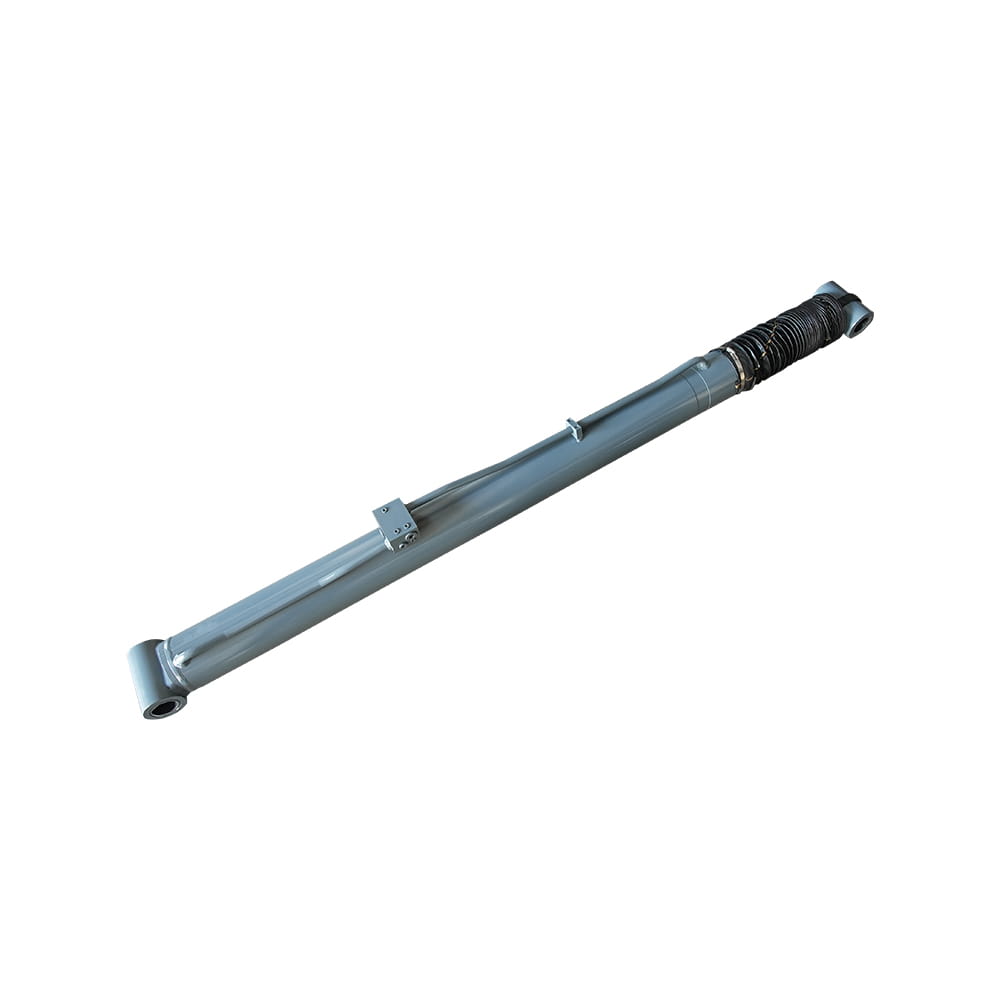 Boom Lift Aerial Platform Hydraulic Luffing Cylinder
Boom Lift Aerial Platform Hydraulic Luffing Cylinder
Function: Adjust the angle of the telescopic arm to flexibly position the work platform at various heights and positions, meeting diverse aerial work requiremen...
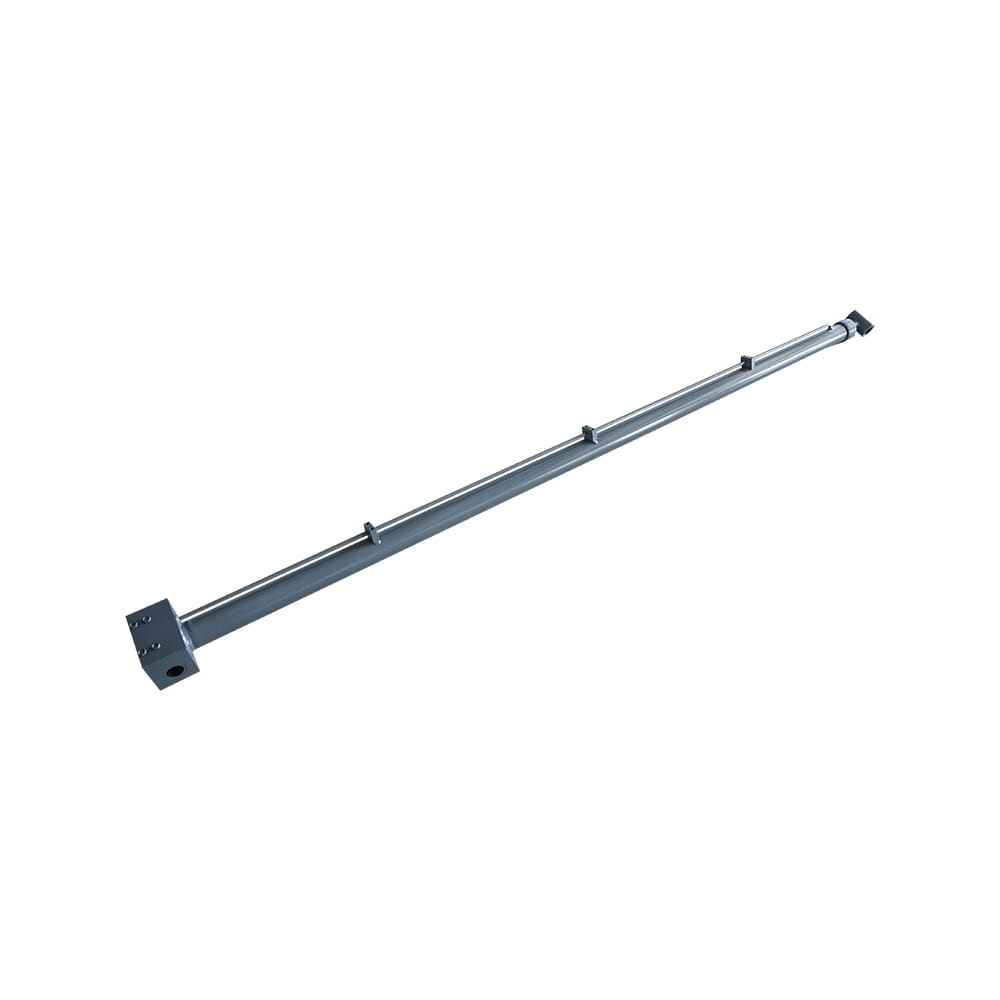 Boom Lift Aerial Platform Hydraulic Telescopic Cylinder
Boom Lift Aerial Platform Hydraulic Telescopic Cylinder
Function: Adjust the length of the arm to allow the aerial work platform to lift and move flexibly, ensuring range and height requirements.
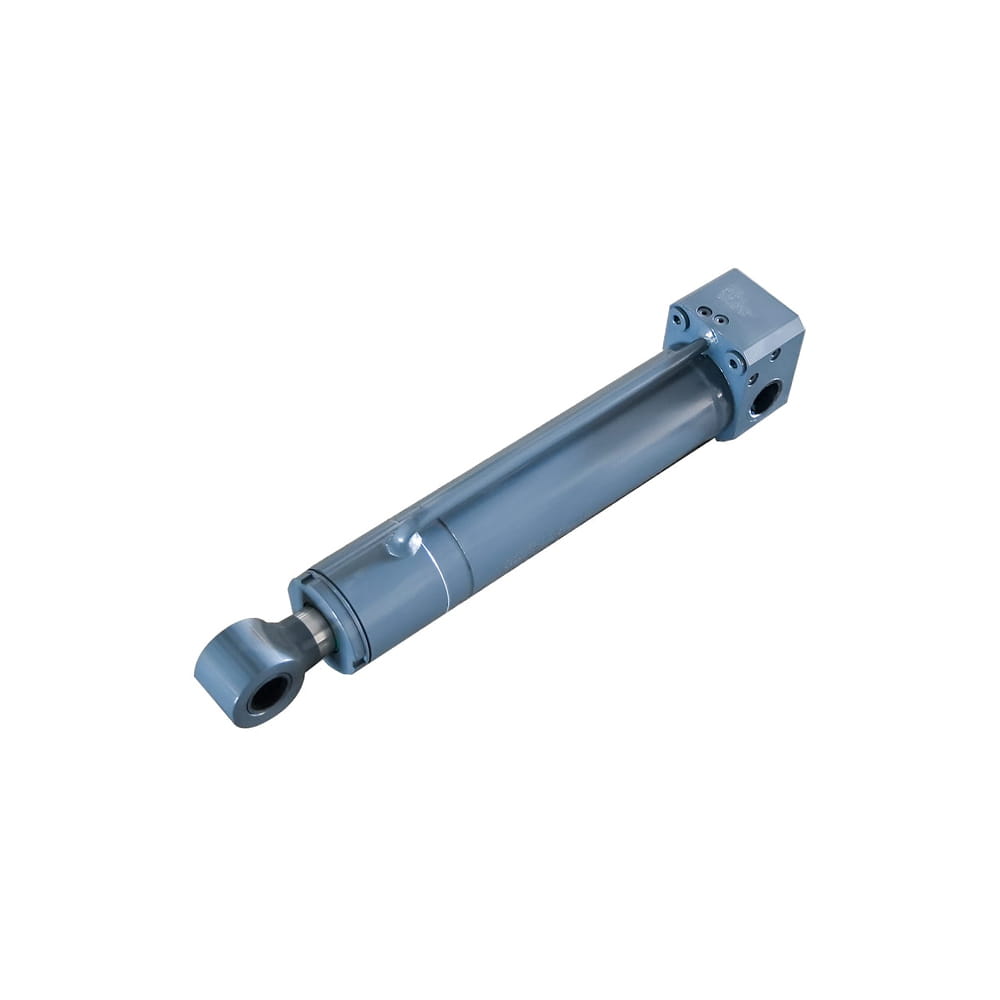 Boom Lift Aerial Platform Hydraulic Frame Leveling Cylinder
Boom Lift Aerial Platform Hydraulic Frame Leveling Cylinder
Function: Automatically adjust the chassis at the bottom of the platform to a level state, ensuring stable and wobble-free support in different terrains and wor...
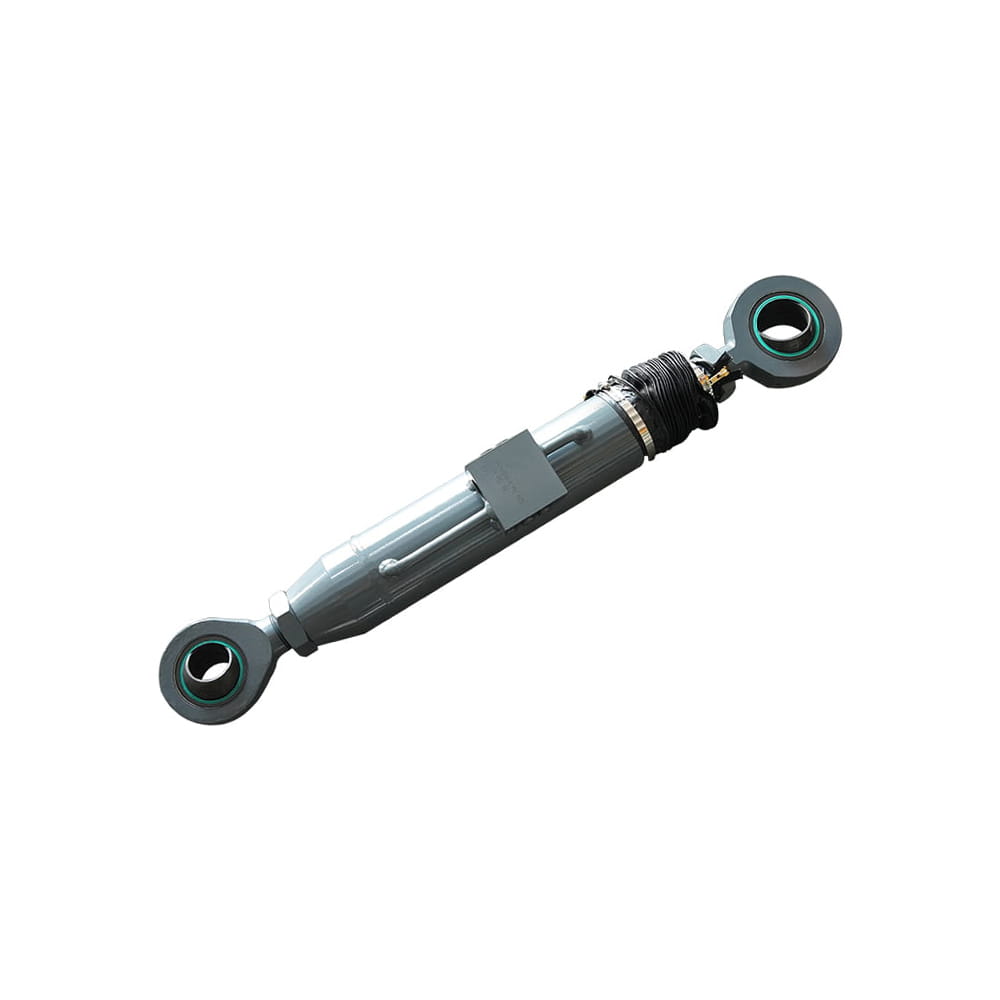 Boom Lift Aerial Platform Hydraulic Bridge Extension Cylinder
Boom Lift Aerial Platform Hydraulic Bridge Extension Cylinder
Function: An important design that enhances adaptability and working range. This function allows the platform to widen its chassis under specific conditions to ...
Copyright © by Zhejiang Huanfeng Machinery Co., Ltd. Rights Reserved.
